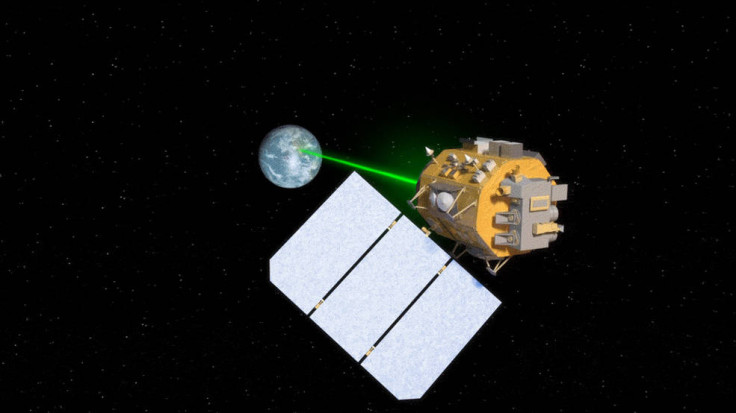Nasa takes first step toward laser-powered high-speed 'internet of the sky'
Nasa's long-term project is aimed at boosting communications technology for future missions to the moon and Mars and beyond.
Nasa is inching closer to achieving what could soon become high-speed space internet. The space agency is working on a long-term project aimed at boosting communications technology, which can help astronauts communicate better during future missions to the Moon, Mars and beyond.
Nasa's LCRD (Laser Communications Relay Demonstration) will help understand how best to make use of laser communications systems, which according to the space agency, can "enable much higher data rates for connections between spacecraft and Earth, such as scientific data downlink and astronaut communications".
"LCRD is the next step in implementing Nasa's vision of using optical communications for both near-Earth and deep space missions," Steve Jurczyk, associate administrator of Nasa's Space Technology Mission Directorate, which leads the LCRD project, said in a statement. "This technology has the potential to revolutionise space communications, and we are excited to partner with the Human Exploration and Operations Mission Directorate's Space Communications and Navigation program office, MIT Lincoln Labs and the US Air Force on this effort."
Laser communications, also known as optical communications, involve encoding data on a beam of light and shooting it from a spacecraft to Earth. According to Nasa, this technology is around "10 to 100 times better" than current traditional means of communication, which is done via radio frequency (RF).
Another advantage of this technology is that laser communications systems can be smaller than radio systems, which can allow spacecraft communication systems to be designed as much smaller and with lower weight and power requirements. "Such capability will become critically important as humans embark on long journeys to the moon, Mars and beyond," Nasa said.

Don Cornwell, director of the Advanced Communication and Navigation division of the Space Communications and Navigation programme office at Nasa, which leads the development of the LCRD, said: "We are also designing a laser terminal for the International Space Station that will use LCRD to relay data from the station to the ground at gigabit-per-second data rates. We plan to fly this new terminal in 2021, and once tested, we hope that many other Earth-orbiting Nasa missions will also fly copies of it to relay their data through LCRD to the ground."
"We've learned a lot over the years about radio-frequency communications and how it works to make the most of the technology," said Dave Israel, LCRD's principal investigator. "With LCRD, we'll have the opportunity to put laser communications through its paces to test the performance over different weather conditions and times of day to get that experience."
LCRD project
LCRD has been designed to function between two to five years and will be put into a geosynchronous orbit. The payload will include two identical optical terminals linked by a "space switching unit", which will act as a data router. Two ground terminals, one in California and the other in Hawaii, will be equipped with laser modems, which translate digital data into laser or RF signals and back again.
LCRD is scheduled to be launched in the summer of 2019. According to Nasa, the project recently passed "a key decision point review" and has now moved to the "integration and test stage of development".
© Copyright IBTimes 2025. All rights reserved.






















